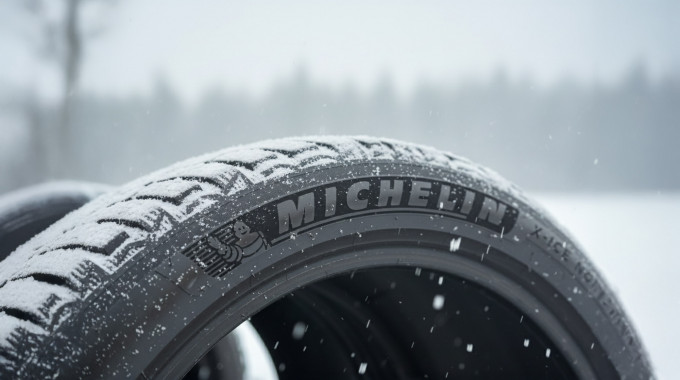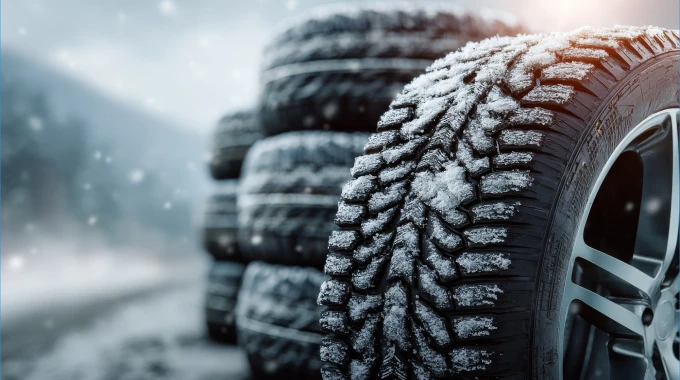
Guide to Buying a Used American Muscle Car [2003-2019]
The Chevrolet Corvette, Dodge Viper, and Ford Mustang GT500 are some of the most coveted cars from the domestic sports car’s modern era – a trio that recalls the American muscle car’s heyday while adding corner-carving agility and daily driving refinement.
While all three of these cars come from mainstream automakers, the machinery that makes them tick is anything but, and requires diligent maintenance to ensure reliable performance. That becomes even more important if you’re buying a used example that is no longer covered by the manufacturer’s warranty, which is why we’ve put together this guide to buying a used Corvette, Viper, or GT500.
First, here are 3 used muscle car buying tips
A pre-purchase inspection is imperative
It's very important to have a knowledgeable mechanic check over a car like the Corvette, Viper, and GT500 before you buy. These three models may be designed for track performance, but that kind of aggressive driving is taxing even on purpose-built components.
A dealer service department staffed by technicians familiar with these cars will be your best bet. However, not every dealer is trained and qualified to work on such niche models, so do your research to find the closest authorized Chevrolet, Dodge, or Ford dealership.
The cost of buying a muscle goes beyond the sale price
Assume any used Corvette, Viper, or GT500 may need a new clutch, brakes, or tires. If any of them need replacing, look at what aftermarket options are available. In many cases, the prices will be competitive with what the automaker charges for OEM replacements, and aftermarket parts may be better suited to the way you plan to use the car.
Is it safe to buy a modified muscle car?
Many used muscle cars will have been modified by their previous owners. Avoid any car advertised as having aftermarket engine or powertrain control software installed, as these tweaks can affect mechanical longevity. Items like modified exhaust or suspension components are safer bets – unless you don’t like how they affect the car’s noise levels or ride quality.
Used Corvette, Viper, or GT500: What you need to know
Chevrolet Corvette: 2005-2019
Corvette C6 (2005-2013)

2005 Corvette | Photo: Chevrolet
The Chevrolet Corvette C6 arrived in 2005 with its customary V8 engine making around 400 hp in base trim and more than 600 hp in the ZR1 model.
If you’re shopping for a used Corvette C6, verify that previous owners have done diligent maintenance to avoid problems with the engine’s timing chain. That chain should last for many years, if not the life of the car, but poor maintenance can lead to a broken chain and internal engine damage. (https://www.corvetteforum.com/forums/c6-tech-performance/2086585-oh-my-god-my-timing-chain-broke-what-now-c-o-w.html)
Some C6 owners say disconnecting and reconnecting the car’s battery can mess up the navigation system. Speaking of which, C6 drivers say dead batteries are a common problem in these cars.
The C6’s stability control system has an active handling component conceived to improve the car’s high-speed handling, but there are reports of crashes linked to malfunctions.
Corvette C7 (2014-2019)

2014 Corvette Stingray | Photo: Chevrolet
Chevrolet introduced the Corvette C7 in 2014 with 455 hp, and added a ZR1 in 2019 with 755 hp.
If you drive your C7 on the track, watch for a reduced power mode that can take a lot of the fun out of your racing experience. The fuel-saving active fuel management system is also a source of complaints among C7 owners who enjoy track driving.
Some owners over at the Corvette Forum say the engine in the 2014 model runs hotter than those in later C7s. The C7 Corvette has a specialized torque tube connecting the engine to the rear-mounted transmission. Some owners have reported torque tube failures in their cars.
Dodge Viper: 2003-2017

2005 Viper Coupe | Photo: Dodge
Dodge rolled out the third-generation Viper in 2003 with a 500-hp V10 engine, and a 2008 update boosted output to 600 hp. The fifth and final generation of Viper arrived in 2013 with 645 hp, and came with anti-lock brakes and stability control for the first time.
Apparently, early Vipers are more reliable than the fifth-gen model. Many owners of that final iteration of the car have complained of various engine problems. It doesn’t help that opinions vary on how to properly check the engine oil level.
That’s an important thing to know how to do, because Dodge recalled the Viper to fix an oil consumption problem. And like any engine, a low oil level can cause expensive bearing failures, which are not uncommon in the Viper.
Ford Shelby GT500: 2007-2014
Many Mustang variants have worn the Shelby name over the years. The Shelby GT500 arrived in 2007, boasting 500 hp from a 5.4L supercharged V8, a number that rose to 540 and 550 hp on its way to 662 hp in the 2013 model. Ford dropped the GT500 after 2014.
During your GT500 test drive, watch for a transmission that grinds while shifting from first gear to second, for which Ford issued a service bulletin. Here's one GT500 driver’s experience getting that problem fixed. Clutch failure is another transmission-related issue with the GT500.
Another telltale sound to listen for is a whining or groaning power-steering pump. While some GT500 owners say the leather on the driver's seat doesn't wear well.
Thinking about buying a used muscle car online? In only 2 minutes, you can get pre-approved here and be one step closer to owning your next old-school, V8-powered Corvette, Viper, or GT500.








